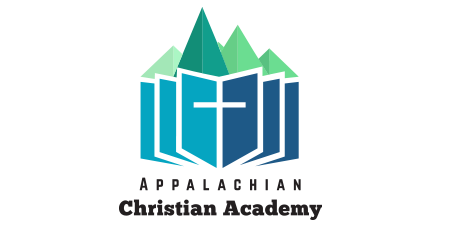We measure success when assessment demonstrates improvement in student achievement and standardized tests show consistent improvement. Written and performance-based formative and summative assessments also reveal when students are achieving learning goals. Each year students in grades 3-11 take the Iowa Test of Basic Skills (ITBS), an achievement test to determine how well our students are progressing. Even though we do not consider the test as the only tool to measure success, it is one. Seventh-day Adventist schools have consistently, year after year, scored well above the national average. Adventist schools score above the 70th percentile (composite score) on nationally-normed tests, performing better than 70 percent of other public and private institutions. CognitiveGenesis, a 4 year study conducted in Seventh-day Adventist schools in North America with 30,000 students, indicate Seventh-day Adventist students score half a grade level higher than predicted in all subjects. Findings show the more years a student attends Seventh-day Adventist schools the more the average achievement jumps compared to national norms.
We also use other assessment tools such as DIBELS, Dynamic Indicators of Basic Early Learning Skills, which is used to pinpoint children in lower grades needing extra help in reading. By identifying children at risk for reading failure at an early age we can design an intervention program to catch them early. Our teachers gather ongoing data about each student’s weaknesses and the level of performance and then use this data to plan appropriate instruction. We also assess our students in all grades using the Jerry Johns Basic Reading Inventory. Writing is also a very important part of our curriculum. Each year our students in grades 3, 5, and 7th take the WrAP test, Writing Assessment Program, to assess their writing ability.
© 2021 Appalachian Christian Academy.
